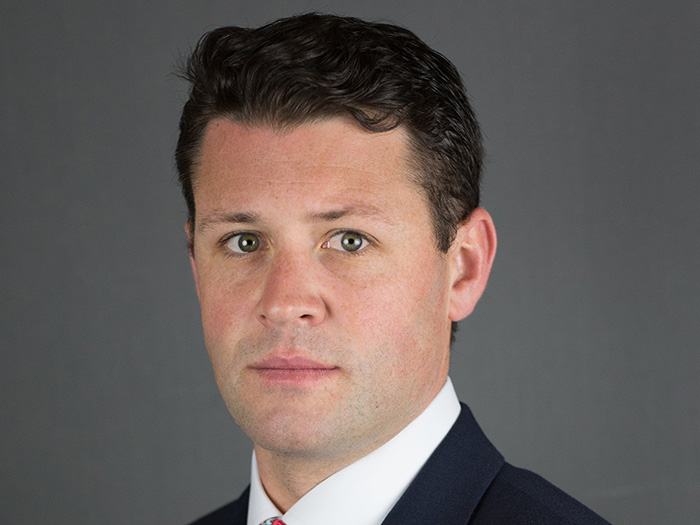Brokers
Brokerage Study Finds Need for Risk Managers
 U.S. nonprofit organizations, hampered by the economic downturn and tight budgets, often lack dedicated risk managers and appear to be under-buying insurance. But boards of directors frequently pick up the slack, questioning limits, coverage amounts and vulnerabilities.
U.S. nonprofit organizations, hampered by the economic downturn and tight budgets, often lack dedicated risk managers and appear to be under-buying insurance. But boards of directors frequently pick up the slack, questioning limits, coverage amounts and vulnerabilities.
Entities also are thinking more strategically and, like their publicly-traded partners, are investing in enterprise risk management.
In a survey released in June, Nonprofit Risk Management, Crystal & Co., an insurance brokerage firm, found that only 22 percent of nonprofit organizations surveyed have a dedicated risk manager.
The study was conducted among senior executives of U.S. nonprofit organizations with revenues of more than $20 million, and included human services, educational, religious foundations and community services organizations.
The study revealed that, for the majority of organizations surveyed, responsibility for corporate risk and insurance was handled by the entity’s finance team, human resources, operations or legal departments.
The study also found that organizations are buying the minimum coverage and may not be adequately protecting themselves. The majority of respondents noted that annually they spend less than 0.25 percent of revenue on corporate insurance. For adequate coverage, the percentage should be closer to 1 percent, the survey said.
Jason Tharpe, Aon Affinity vice president in Washington, D.C., who works exclusively with nonprofits across the country, said that larger nonprofits, along the lines of the YMCA, are organizations that would be most likely to have a risk manager. Larger health-focused programs, such as nursing homes, he added, also typically employ risk managers.
The vast majority of nonprofits, however, are smaller than the $20 million threshold. “We deal with a lot of small and medium nonprofits and there’s no doubt about it, none of them have [dedicated] risk managers,” said Tharpe.
The risk manager of a nonprofit, if there is one, functions as the insurance buyer. Otherwise, the chief financial officer or even the chief executive officer handles insurance buying decisions, Tharpe said.
That puts boards of directors of nonprofits in a key role in insurance buying. CEOs and CFOs are often asked about insurance coverage by their boards, who want to know if the entity is insured to adequate limits.
“The board is pushing down on them to ask the proper questions in those smaller organizations without risk managers.”
— Jason Tharpe, vice president, Aon Affinity
As for whether these organizations are, indeed, adequately covered, “there are levels where some may be underinsured, but in terms of D&O, we write a lot of that,” he said. “We write over 12,000 organizations throughout the country,” which generally have broad policies.
Smaller organizations with more liability exposure, “are buying professional liability, which is usually wrapped up with their general liability insurance — and that they are pretty cognizant of,” Tharpe said.
He added that recent headlines have caused organizations to look more carefully at what they may and may not be covered for. “For example, the Sandusky issue at Penn State obviously brought to light the need for sexual molestation coverage, so that was on a lot of nonprofits’ minds for a while.”
Carol Fox, director of Strategic and Enterprise Risk Practice for the Risk and Insurance Management Society is optimistic about nonprofits: They are becoming more mindful of their reputations and are thinking strategically about their organizations.
With economic recovery in progress, many nonprofits are shifting from survival mode to long-term sustainability and growth she said, citing findings from a study by Grant Thornton, the 2012 National Board Governance Survey for Not-for-Profit Organizations, based on online responses from 706 board members and senior executives of nonprofit entities.
She also noted that regulations in some industries are dictating that nonprofits take their organizational risks more seriously.
“Enterprise risk management (ERM) is just beginning to ‘get legs’ at nonprofits,” which are beginning to “play catch-up to publicly traded companies,” she said.
Fox said that boards of larger organizations are also becoming more supportive of hiring risk professionals, “because they have more than just insurance to worry about.”
“From those I’ve talked to,” she said, “their reputation drives whether or not they will get funding from their donor base and whether they are able to reach out to the communities they are trying to serve.”










